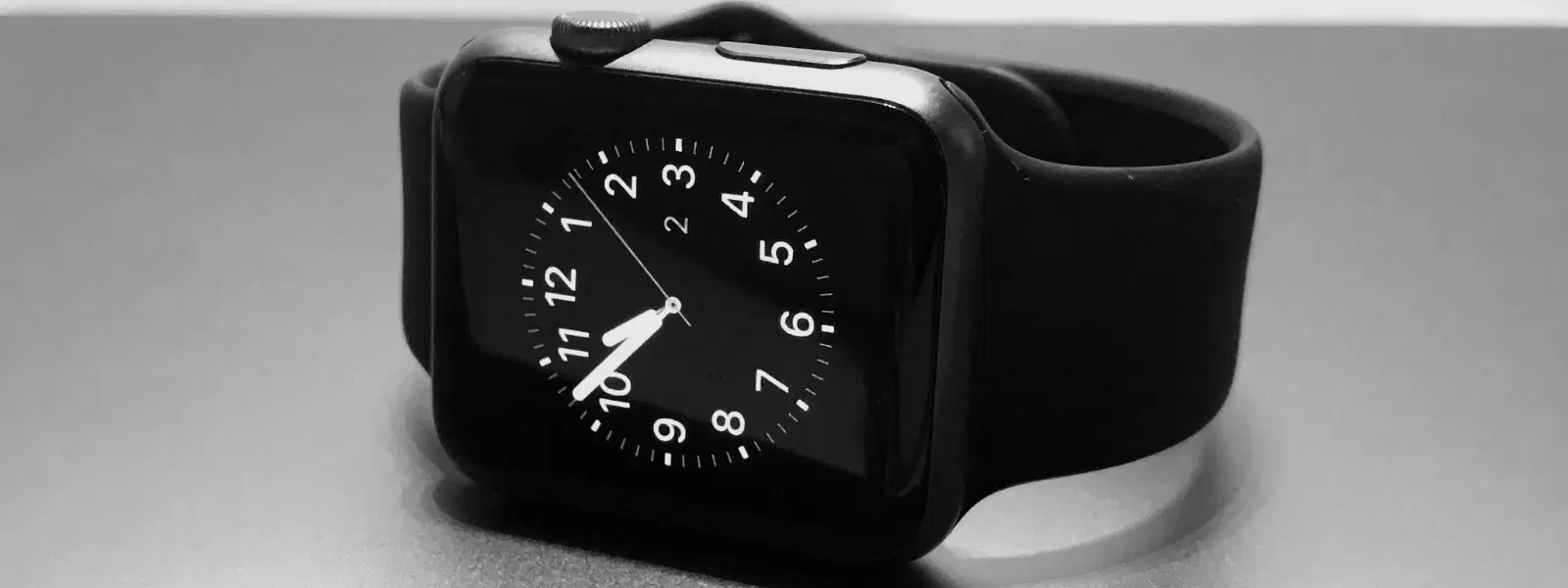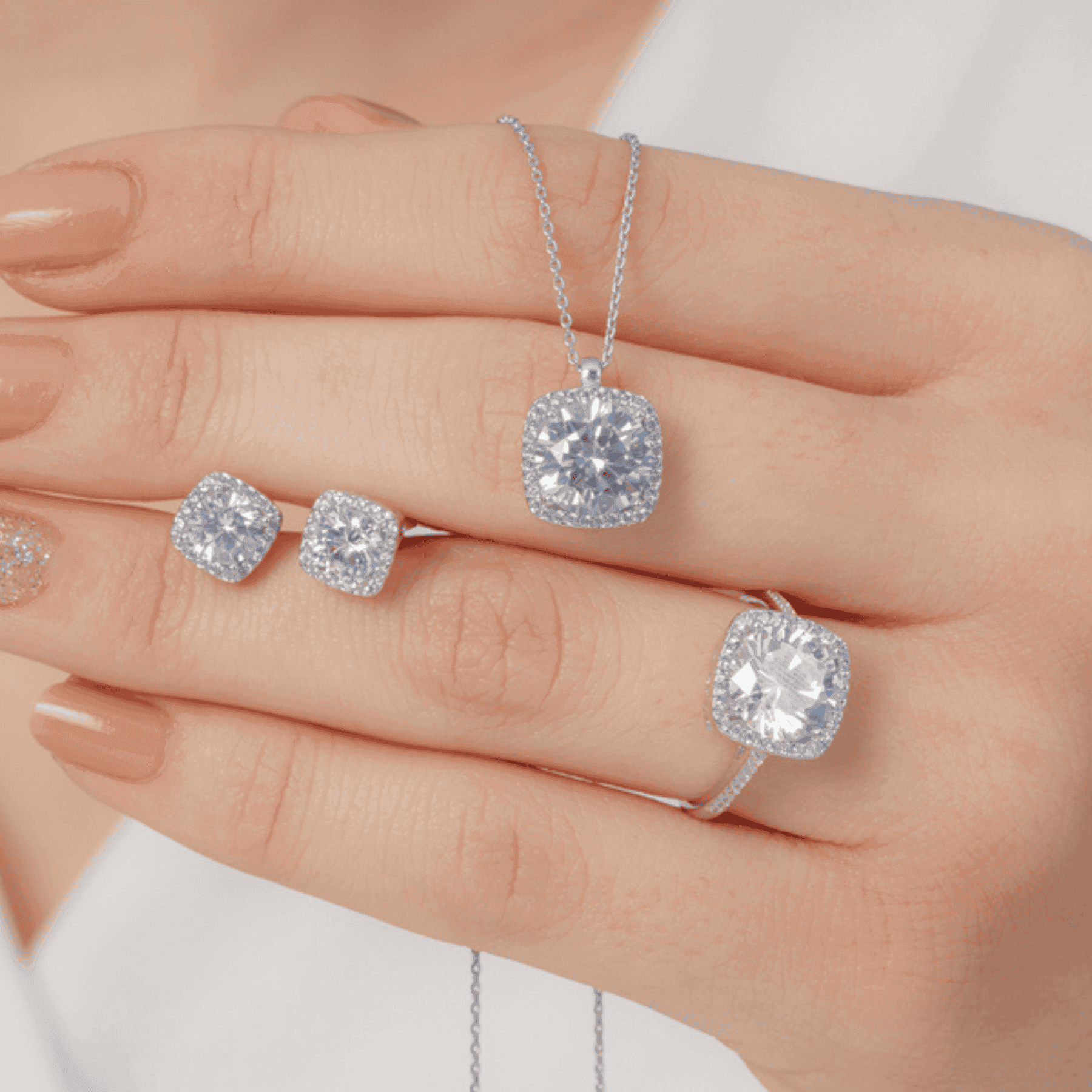
Watches & Jewellery
•03 min read

Watches are not just timekeepers; they are a blend of art, engineering, and self-expression. Each timepiece not only marks the hour but also serves as a statement of individuality and curated luxury, perfectly reflecting today’s dynamic fashion trends. Today we take you through a detailed checklist on how watches are made, unfolding the fascinating watch manufacturing process step-by-step. This guide will help you explore the history of watchmaking, understand how mechanical watches work, and appreciate the craftsmanship behind each tick of a handmade watch.
Timekeeping has a rich history that stretches back centuries. Early innovators used simple sundials and rudimentary mechanisms to fashion the first timekeeping devices. Over the years, these primitive designs evolved into the sophisticated movements seen in today’s watches. Early watchmakers paved the way with pocket watches and pendulum clocks, eventually giving rise to sleek wristwatches that blend functionality with style.
The evolution continued with the rise of luxury watch craftsmanship. Over time, dedicated artisans refined watchmaking techniques, introducing automatic watch mechanisms and refining the assembly of wristwatches. Many renowned names in the luxury sector, including inspirations from brands like Patek Philippe, have set high benchmarks in watchmaking techniques. This era set the stage for what we now consider highly coveted luxury watch craftsmanship, where every piece tells a story of heritage and precision.
Every exceptional timepiece begins with a bold idea. In the design phase, creative minds merge aesthetics with functionality. Designers sketch initial concepts that consider critical aspects like case shape, dial layout, and strap style, ensuring that each design feels like a statement of personal style. These sketches eventually evolve into detailed blueprints that lay the foundation of the watch manufacturing process.
The next phase involves creating precise CAD models. Modern watchmaking relies on computer-aided design to produce 3D representations of each component. This stage not only aids in visualizing the final product but also allows for prototypes to be 3D-printed and thoroughly tested. Every line in the blueprint is meticulously refined before moving on to production.
Insight Corner: The Art of Perfection
Did You Know? Luxury watch brands, according to industry experts, often spend months perfecting a single design, testing prototypes under extreme conditions to ensure both aesthetics and durability.

Quality materials are the building blocks of any fine watch. The materials used in watches play a pivotal role in not only the aesthetics but also the durability and functionality. Typically, watch cases are crafted from stainless steel, titanium, or even precious metals, while sapphire crystal is favored for its scratch-resistant properties. Straps can be made of leather, metals, or silicone, each offering a unique look and feel.
Sourcing the right materials is integral to the watch production process. Premium components such as jewel bearings that reduce friction in mechanical movements and robust alloys for gears and springs are carefully selected. This careful selection highlights the watch manufacturing process where every element—from the materials used in watches to the intricate watch components explained in the assembly—is curated for excellence and longevity.
The heart of every timepiece beats within its movement. This critical phase explains how mechanical watches work and outlines the precise techniques used to craft each component. In mechanical watches, craftsmen assemble gears, springs, and escapement mechanisms by hand to ensure perfect alignment and smooth operation. For automatic watches, self-winding mechanisms are intricately integrated so that the wearer’s motion powers the device.
Each part is crafted to perfection before coming together to form a watch. Skilled artisans participate in the detailed assembly of wristwatches by carefully aligning the dial, hands, and movement. During this phase, every action reflects deep-rooted watchmaking techniques that have been honed over generations. This attention to detail is what many admire in luxury watch craftsmanship and handmade watches.
Before any watch leaves the workshop, it undergoes rigorous testing for accuracy and durability. This quality control phase is critical in ensuring that timepieces perform flawlessly, whether they incorporate automatic watch mechanisms or are powered manually. Specialized equipment measures timekeeping precision, while tests for water resistance and shock determine the robust nature of the watches.
Following strict quality tests, the final touches are applied. Skilled artisans polish the watch, attach the strap, and ensure that each piece is flawlessly packaged. The packaging itself is a testament to luxury and authenticity, reflecting a commitment to design excellence and the Tata Neu promise of quality. Finishing touches like certificates of authenticity secure the legacy of watch manufacturing, marking the journey from concept to a wearable work of art.

The journey from design to final assembly reveals how watches are made with an exquisite blend of tradition, technology, and art. This step-by-step checklist not only highlights the history of watchmaking but also dives deep into materials used in watches and the precision involved in crafting each component. Every watch is a testament to innovation, sustainability, and self-expression—an accessory that complements personal style while celebrating centuries of craftsmanship.
Historically, watches were made by skilled artisans crafting each part individually. Over time, production methods evolved with modern technology while still retaining many handmade processes for precision and style.
The raw materials include metals like stainless steel or titanium, sapphire crystal for scratch resistance, and premium components for movement and straps.
The assembly of wristwatches involves carefully placing gears, springs, and jewel bearings together by hand to ensure smooth functioning and accurate timekeeping.
Automatic watches feature a self-winding mechanism that uses the wearer’s natural motion to keep the watch powered, showcasing advanced watchmaking techniques.